Create An Exercise Plan
 Why should you create an exercise plan? You need a plan in order to achieve any goal, whether it’s a mental plan or a written one. Even if you need milk, you form a mental plan to stop at the grocery on the way home. You might even write it down, especially if you need other items. An exercise plan outlines the number of days you workout each week and for how long. It identifies the type of exercise you do each day and when you’ll exercise.
Why should you create an exercise plan? You need a plan in order to achieve any goal, whether it’s a mental plan or a written one. Even if you need milk, you form a mental plan to stop at the grocery on the way home. You might even write it down, especially if you need other items. An exercise plan outlines the number of days you workout each week and for how long. It identifies the type of exercise you do each day and when you’ll exercise.
Find the time that’s best for you and schedule it as you would any appointment.
Whether you’re working out at home alone or working out in a gym, find a time that fits into your schedule, then put it on the calendar as you would any other appointment. Some people prefer the first thing in the morning, while others like to exercise right after work. Whatever time you choose, make sure you’re not too hungry or too full, like right after dinner. It can impede your progress and even make you feel sick if you’ve just eaten a big meal, although a small pre-workout snack may benefit you. Have clothing and equipment set out and ready to go.
Vary your workout to include all types of exercise.
You need cardio training to build your endurance and burn calories. Strength training helps build and tone muscles that also boosts your metabolism and helps prevent falls. Flexibility training is particularly important and can help prevent pulled muscles. Balance training improve core muscles and aid in coordination. Schedule your workout so you have at least one day of strength training every week, but never two within a 48 to 72 hour span. Your muscles need to heal between workouts.
Write down the exercises you’ll do and track your progress.
Winners keep score. You need to write down the exercises you’ll do and have it ready. Create a chart, so you can track the number of reps and sets. As the exercise becomes easier to do, increase either the number of sets or number of reps per set. That way you’ll be able to see your progress. You can find books, websites or videos to help build your workout program.
- You need 150 to 300 minutes of moderate exercise each week or 75 to 150 minutes of intense exercise. You can have sessions once a day, every other day or do several shorter sessions once a day of 10 to 15 minutes.
- You can increase your daily exercise by making small changes in your habits. Taking the stairs instead of the elevator and parking further from the store or the office increases the steps you take.
- Include a five-minute warm-up before you exercise to warm your muscles and avoid injury. After exercise, don’t forget to cool down. Just walking slowly can help.
- If it all seems too daunting or you’re having problems sticking with your program, consider coming to Revolution Training. We will build a program for you, track your progress and hold you accountable. Our clients love the addition of boxing to make getting fit fun.
For more information, contact us today at Revolution Training


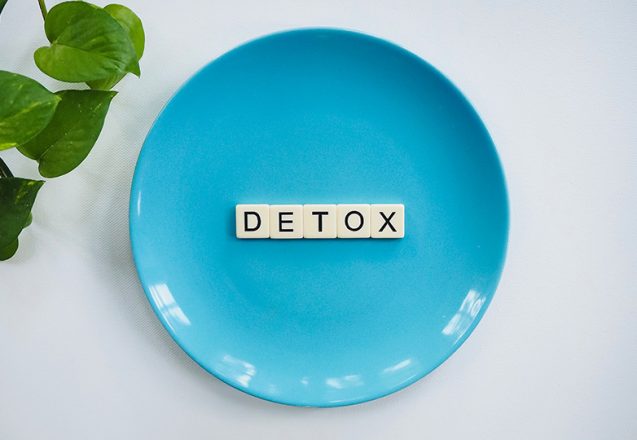
 The idea of improving your health by doing a detox diet has hit every corner of the nation, including Stamford, CT. When I’m asked whether detoxing works, I tell clients that it all depends. There’s a right way and wrong way to do it. The most accepted technique for detoxing is to dramatically lower the caloric intake from a few days to weeks and in most cases, just including fluids, such as fruit juices in the diet or some “magic” detox herb supplement. Exactly what does this type of detox do?
The idea of improving your health by doing a detox diet has hit every corner of the nation, including Stamford, CT. When I’m asked whether detoxing works, I tell clients that it all depends. There’s a right way and wrong way to do it. The most accepted technique for detoxing is to dramatically lower the caloric intake from a few days to weeks and in most cases, just including fluids, such as fruit juices in the diet or some “magic” detox herb supplement. Exactly what does this type of detox do?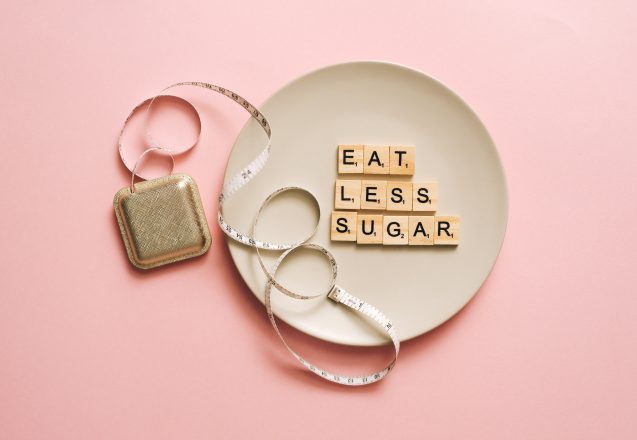
 Are you wiping out a lot of the benefits right after your workout at Revolution Training in Stamford, CT, by grabbing a sweet treat loaded with sugar? A post workout snack is good for your recovery and to boost your energy level, it has to be food that boosts your health, which doesn’t describe food with added sugar. Sugar found in food naturally, like fruit, also comes with complementary nutrients, such as fiber that slows the absorption of sugar. Sugar in manufactured products, such as those in a candy bar or soft drink, go to your bloodstream quickly, increasing insulin levels and playing havoc on your body.
Are you wiping out a lot of the benefits right after your workout at Revolution Training in Stamford, CT, by grabbing a sweet treat loaded with sugar? A post workout snack is good for your recovery and to boost your energy level, it has to be food that boosts your health, which doesn’t describe food with added sugar. Sugar found in food naturally, like fruit, also comes with complementary nutrients, such as fiber that slows the absorption of sugar. Sugar in manufactured products, such as those in a candy bar or soft drink, go to your bloodstream quickly, increasing insulin levels and playing havoc on your body.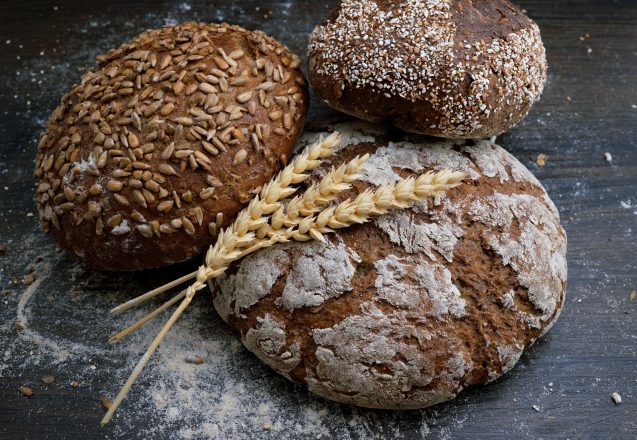
 Have you ever wondered why grains are the hardest foods to digest? It’s because they’re seeds and meant to endure a trip through your digestive system. When seeds go through digestion whole, they’re eliminated through waste. They enter and leave the body whole to be eliminated in a new area to start a new plant. Most people don’t eat seeds whole. They’re processed and ground, but there are other factors that also cause problems with digestion.
Have you ever wondered why grains are the hardest foods to digest? It’s because they’re seeds and meant to endure a trip through your digestive system. When seeds go through digestion whole, they’re eliminated through waste. They enter and leave the body whole to be eliminated in a new area to start a new plant. Most people don’t eat seeds whole. They’re processed and ground, but there are other factors that also cause problems with digestion.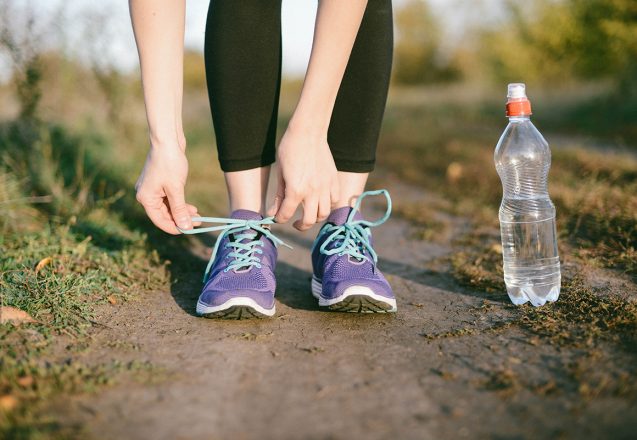
 What are meditation walks? They’re more than just walking. They’re mindful walking. Getting outside is part of the benefit. Slowing your mind and meditating is another part, just as the very act of walking helps relieve stress. Meditative walking is the act of being aware of all parts of your body as you walk and making each movement with intention. Just like meditative eating, where you savor each bite, with meditative walking you appreciate every physical movement you make.
What are meditation walks? They’re more than just walking. They’re mindful walking. Getting outside is part of the benefit. Slowing your mind and meditating is another part, just as the very act of walking helps relieve stress. Meditative walking is the act of being aware of all parts of your body as you walk and making each movement with intention. Just like meditative eating, where you savor each bite, with meditative walking you appreciate every physical movement you make.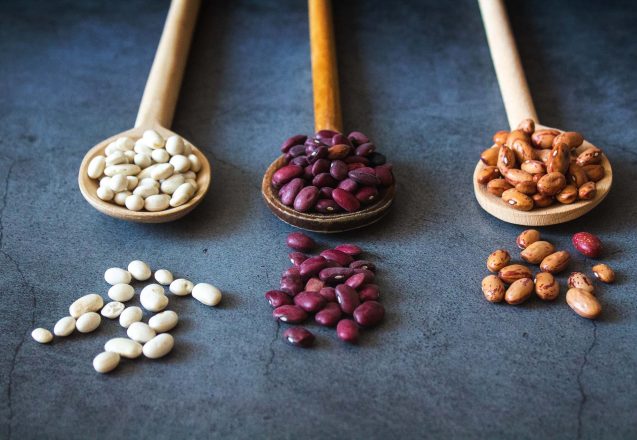
 If you workout in Stamford, CT, you know building stronger muscles is important. That takes adequate protein. Today, with prices rising, people often look to alternative plant sources that are less expensive. I get a lot of questions from people trying to find the best type of plant source. One reoccurring question is, “Which is best, chickpeas or garbanzo beans?” The answer is simple. They’re the same thing. It’s like the difference between children and humans. All children are humans, humans but not all humans are children. All garbanzo beans are chickpeas, but not all chickpeas are garbanzo beans.
If you workout in Stamford, CT, you know building stronger muscles is important. That takes adequate protein. Today, with prices rising, people often look to alternative plant sources that are less expensive. I get a lot of questions from people trying to find the best type of plant source. One reoccurring question is, “Which is best, chickpeas or garbanzo beans?” The answer is simple. They’re the same thing. It’s like the difference between children and humans. All children are humans, humans but not all humans are children. All garbanzo beans are chickpeas, but not all chickpeas are garbanzo beans.
 If you want exercises you can do anywhere, even if you’re on vacation or on the road for business? Calisthenics are a good option. Most exercise programs include them in one form or another. One of the most well-known and often used is the pushup. Not only can you do pushups anywhere and it doesn’t require equipment, it’s good for you. It helps strengthen your upper body and your core. You’ll burn a lot of calories and tighten the abs, burning belly fat in the process.
If you want exercises you can do anywhere, even if you’re on vacation or on the road for business? Calisthenics are a good option. Most exercise programs include them in one form or another. One of the most well-known and often used is the pushup. Not only can you do pushups anywhere and it doesn’t require equipment, it’s good for you. It helps strengthen your upper body and your core. You’ll burn a lot of calories and tighten the abs, burning belly fat in the process.
 At Revolution Training in Stamford, CT, we help people with all types of fitness problems. Occasionally, someone comes to our gym almost in despair. They’re not getting fitter, and they’ve boosted their workouts to several hours a day, seven days a week. We know the minute we learn their workout schedule, they’re exercising too much. Getting fit is more than exercising. It’s doing the right kind of exercises, with the right form, for the right amount of time.
At Revolution Training in Stamford, CT, we help people with all types of fitness problems. Occasionally, someone comes to our gym almost in despair. They’re not getting fitter, and they’ve boosted their workouts to several hours a day, seven days a week. We know the minute we learn their workout schedule, they’re exercising too much. Getting fit is more than exercising. It’s doing the right kind of exercises, with the right form, for the right amount of time.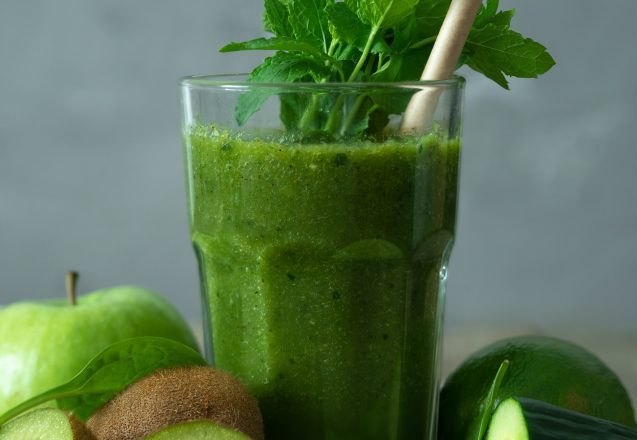
 You may have heard about green juices/ If you haven’t, they’re a drink made from vegetable—green ones—that is healthy. The veggies include spinach, wheatgrass, kale, cucumbers and even herbs like parsley and mint. If you’ve ever consumed blended greens, you probably know they are a bit bitter and not too tasty. That’s why fruit is often added to make it sweeter. Apples, oranges and other fruits high in sugar are normally the choices. Most people like to make their own, rather than use commercial varieties. They can control the ingredients that way and don’t have the negative effects of pasteurization.
You may have heard about green juices/ If you haven’t, they’re a drink made from vegetable—green ones—that is healthy. The veggies include spinach, wheatgrass, kale, cucumbers and even herbs like parsley and mint. If you’ve ever consumed blended greens, you probably know they are a bit bitter and not too tasty. That’s why fruit is often added to make it sweeter. Apples, oranges and other fruits high in sugar are normally the choices. Most people like to make their own, rather than use commercial varieties. They can control the ingredients that way and don’t have the negative effects of pasteurization.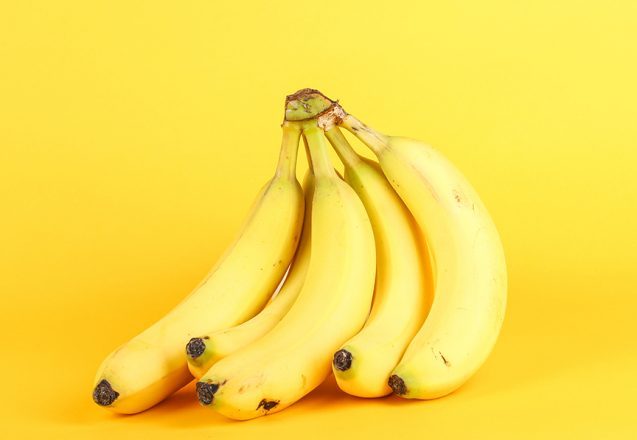
 At Revolution Training in Stamford, CT, we focus on individuals and each person’s goal. While a lot of people just want to lose weight and get into shape, some actually have a problem gaining weight that is just as frustrating. These people often eat junk food and avoid exercise in hopes of adding a few extra pounds. You don’t have to do that. In fact, it’s counterproductive to do that. There are healthy foods you can add to your diet, like these fruits for weight gain, which will aid you in reaching your goals.
At Revolution Training in Stamford, CT, we focus on individuals and each person’s goal. While a lot of people just want to lose weight and get into shape, some actually have a problem gaining weight that is just as frustrating. These people often eat junk food and avoid exercise in hopes of adding a few extra pounds. You don’t have to do that. In fact, it’s counterproductive to do that. There are healthy foods you can add to your diet, like these fruits for weight gain, which will aid you in reaching your goals.